A lot of people have the impression that there isn’t much we can grow here in Zones 2 and 3. While we won’t be growing citrus or peaches or sweet cherries, there is a surprising selection of fruit trees that survive or even thrive in our climate.
Apples are the original prairie hardy fruit tree – at least when you are discussing introduced varieties. We have a crab apple tree here that is probably original to the house (from the 1950’s), and there are many older apple trees in the various towns and farmyards around here. Apples are particularly nice for the homestead, because many varieties store well in a root cellar for several months, allowing you to harvest them and put them into storage without having to can, dry, or freeze them.
Most Prairie apples are smaller and more tart than what you would buy at the grocery store…especially since the apples at the store seem to be getting sweeter and sweeter! Recent breeding programs have improved many varieties, but there are also older favorites that are worth a look. The University of Saskatchewan has posted a fantastic article from 1991 by breeder Roger Vick, which discusses the history and development of Prairie-hardy apples, with a list of ‘recommended’ varieties; it also includes a list and brief description of all of the hardy named varieties at that time.
The University of Saskatchewan also has extensive descriptions of the apples they grow at their test site, which are worth checking out.
The Hardy Fruit and Nut Trees of Alberta group on Facebook is another great resource for growing fruit in difficult conditions.
I have made a big list of Canadian bare root fruit tree suppliers, but some of them are located in relatively warm zones in Ontario and Quebec, so you will need to pay a bit of attention to what rootstocks they are using. We prefer Antonovka (full size trees) and Bud 118 (Semi-dwarf trees) for our cold, windy, and drought-prone location; other rootstocks might be just as good or even better for you, depending on your minimum temperatures, soil type, and rainfall. It is also worth noting that most apple trees require a pollenator, so check your neighborhood to see if there is an apple or crab apple nearby, or plan to plant two trees.
If you are also interested in growing pears, I’ve written an article describing 21 different hardy pear trees for zones 2 & 3, as well, with links to nurseries where you can purchase them.
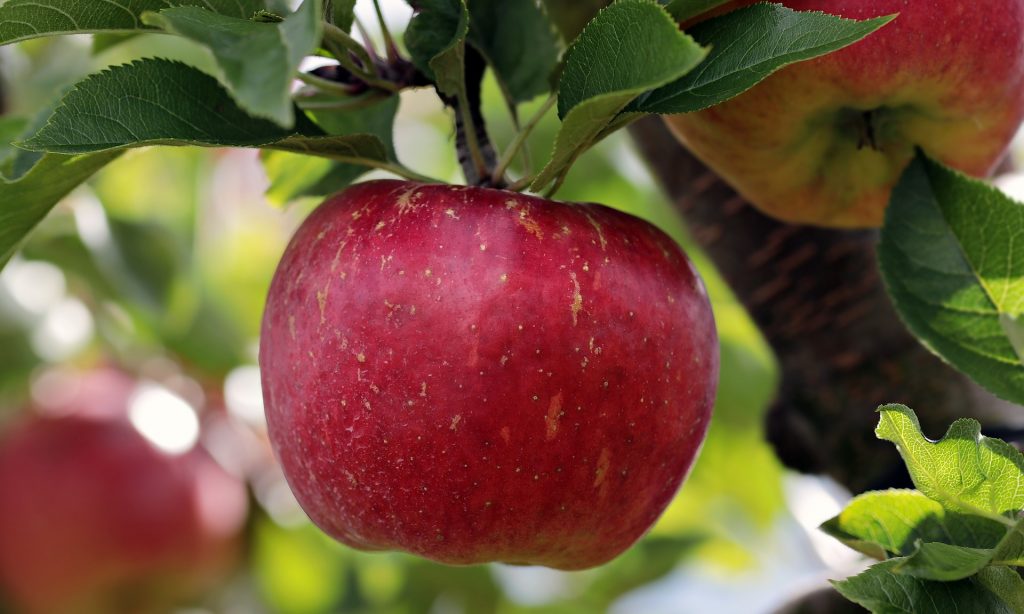
Here are sixteen hardy apple varieties that are on our homestead or our wish list, with links to some reputable suppliers that carry those varieties (at least as of spring, 2019):
Battleford (zone 2) – a classic Prairie apple! The Battleford apple was selected here in Saskatchewan, and is very hardy. They are also quite early, ripening in mid-August. It is best used as a cooking apple. Silver Creek Nursery carries these.
Cortland (zone 3) – Another old selection, that was released in 1915. Cortland apples are fairly late for the Prairies, ripening in October. They are reputed to be quite disease resistant, and the apples themselves are slow to brown, making them especially good for drying; they are also sweet enough to eat out of hand. Silver Creek Nursery and Whiffletree carry these.
Fireside (zone 3) – An older (early 1900’s) selection that is reported to be quite sweet and juicy. They ripen in mid-October, and are said to be excellent keepers. I haven’t gotten one of these yet, as my focus has been on earlier apples – I am not convinced that a mid-October would have a chance to ripen here, most years; however, it’s on my wishlist as a sweet apple that is a long-keeper. Silver Creek Nursery carries these.
Honeycrisp (zone 3) – A newer apple that is quite popular. We have a Honeycrisp here at our place that has survived some very low temperatures (below -40), and we are quite pleased with how well the apples store. In our area, the apples are pretty tart at harvest, but they get sweeter in the root cellar. Most of the sites indicate that Honeycrisp is difficult to grow, but ours has done well with no special care. I think we got our Honeycrisp from T&T Seeds, but Whiffletree and Silver Creek also carry them.
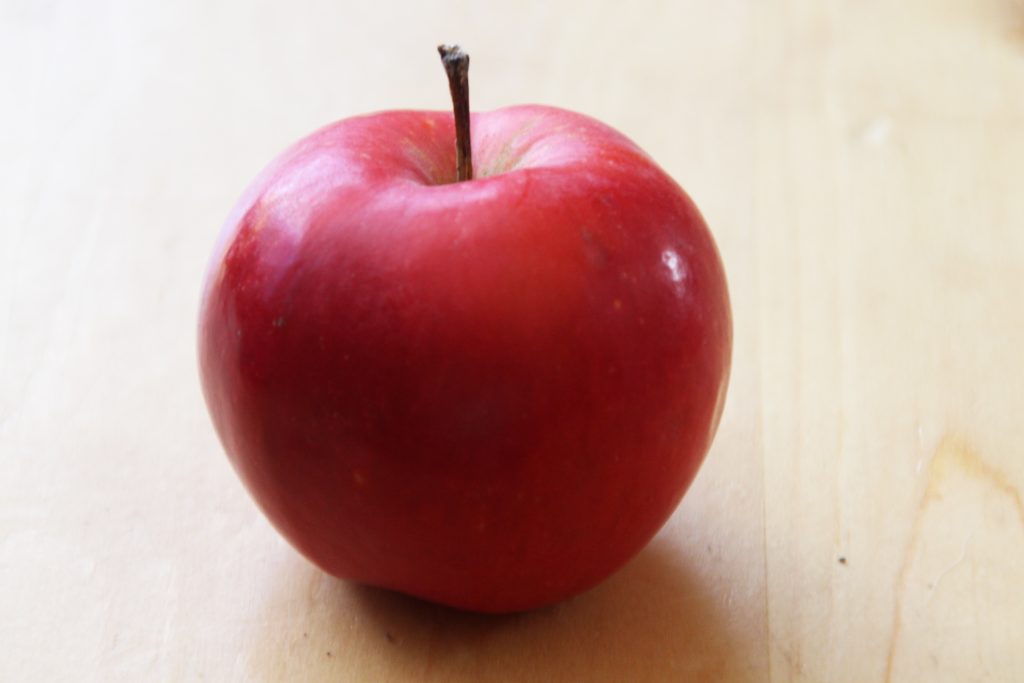
Lautz (zone 3) – This one is on our wish list, as it is reported to be a very long-storing variety that will keep up to 6 months. Hardy Fruit Trees carries these.
Minnesota 447 / Frostbite apple (zone 3) – These are an older variety, which was identified and used for breeding other apple varieties in the early to mid-1900’s, but not released as a named variety until 2008. The flavor of these apples is described as being intense and sweet, and they are reported to be excellent storage apples, lasting up to a year in commercial storage. These are not a vigorous tree this far north, but I really wanted to try one, just for the storage time. They ripen in mid-October. We got ours from a local nursery, but they are also carried by Whiffletree
Norkent apple (zone 2) – Bred in Morden, Manitoba, Norkent is a very hardy tree, with good quality eating apples. Norkents are supposed to be decent storing apples, as well, storing up to 14 weeks, though they are reported to lose flavor towards the end of the storage time. They ripen in mid to late August. We got ours from Whiffletree, but they are also carried by Hardy Fruit Trees and T&T Seeds.
Norland apple (zone 2) – A very hardy medium-sized apple that is good for fresh eating or making applesauce. Norlands ripen fairly early – in mid-August, which is handy in our short season. They are also reported to bear fruit quite young, though we haven’t gotten fruit from ours, yet. We got our Norland apple tree from a local nursery, but they are also carried by Silver Creek
Nova Easygro (zone 3) – These newer apples have been described as ideal for organic growers, as they are very disease resistant, and will store for a couple of months. They are also reported to be a tasty apple, with crisp white flesh and a sweet flavor. It is on our wish list because of the disease resistance, but has not been a priority due to their late ripening (mid-October), which is late enough in the season that we probably would not get ripe apples most years in our location. Silver Creek and Whiffletree carry these.
Parkland apple (zone 2) – Parkland apples are extremely cold hardy (though susceptible to fireblight), and are grown as far north as Alaska. They are described as being tart in flavor, but they are very early (early August) and will keep for a couple of months. We got ours from Silver Creek Nursery; they are also carried by Hardy Fruit Trees.
Prairie Sensation (zone 2) – A University of Saskatchewan release from 2006, Prairie Sensation is described as an aromatic apple with a pleasant, mild flavor. It is also supposed to be a good storage apple. They ripen in mid-September, which is perfect for our season. We ordered one of these from Whiffletree for 2019.
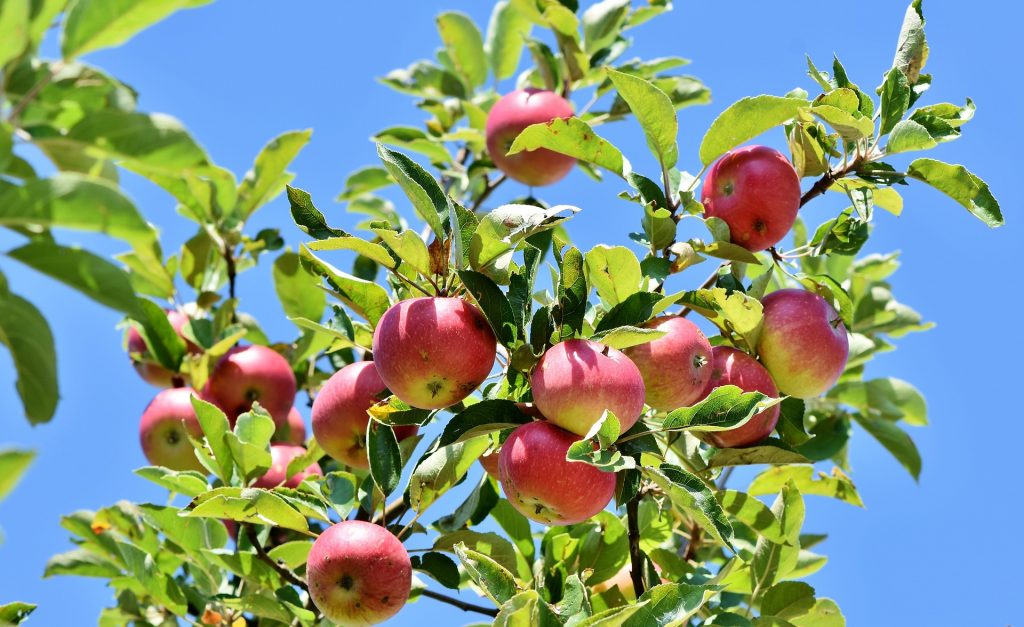
Red Astrachan apple (zone 3) – These were developed in Russia in the 1700’s, and are reported to be very flavorful. They are a fairly early apple, ripening in mid-August. We got ours from Silver Creek Nursery, and I haven’t seen them anywhere else.
September Ruby apple (zone 2) – A super-hardy apple with medium-sized fruit that is good for eating or cooking. As the name suggests, they ripen in early September, and are said to be a good keeper (up to 4 months). We got ours from Whiffletree.
Sweet Sixteen apple (zone 3) – These apples are described as having a complex flavor that is almost spicy, and that taste better when grown in cold climates. They are fairly disease-resistant, and are said to store well, though I haven’t seen anyone commit to exactly how long they will store for. Sweet Sixteen apples ripen in early October. We got ours from Whiffletree Nursery, but they are also carried by Hardy Fruit Trees and Silver Creek.
Wealthy apple (zone 3) – Wealthy apples are an heirloom variety that dates back to the mid-1800’s. They are reported to be juicy and sweet, as well as disease resistant, making them good for organic growing. They ripen in early September, so they will ripen before things freeze here at our location. Wealthy apples are on our wish list. Hardy Fruit Trees, Whiffletree, and Silver Creek Nurseries carry them.
Wolf River apple (zone 3) – These are a heritage cooking apple that are renowned for their large size. They are fairly late (early October), and susceptible to fireblight, but are resistant to most other apple diseases. I was quite taken with the idea of producing huge apples, though it will be hit-and-miss with our early freezes. Our tree hasn’t produced fruit yet, but I am excited to see how big they are when it finally does! We got ours from Silver Creek Nursery; they are also carried by Hardy Fruit Trees.
If you missed it earlier, you can find links to a ton of Canadian fruit tree suppliers here.
Pin it for later:
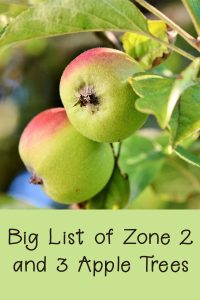
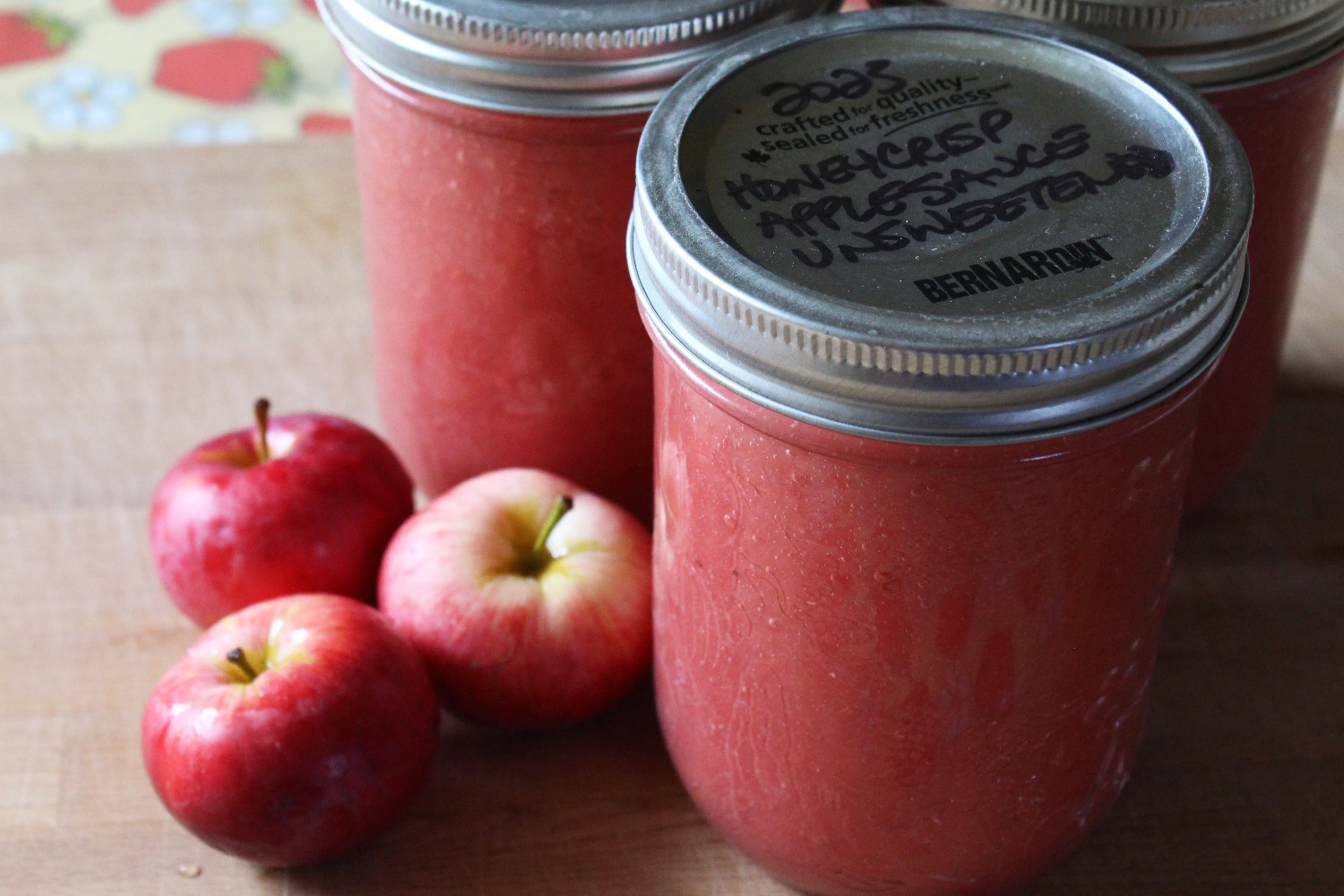
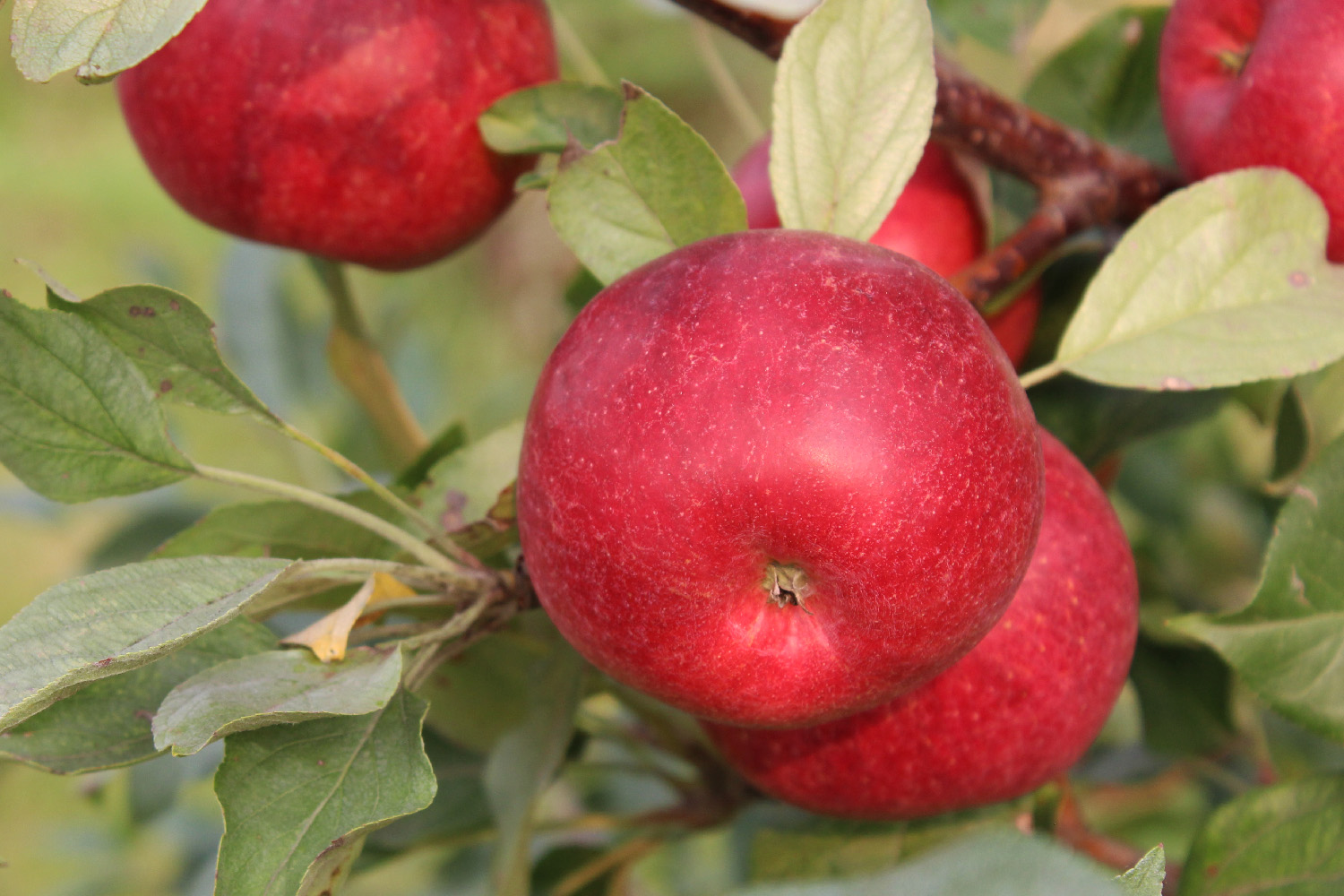
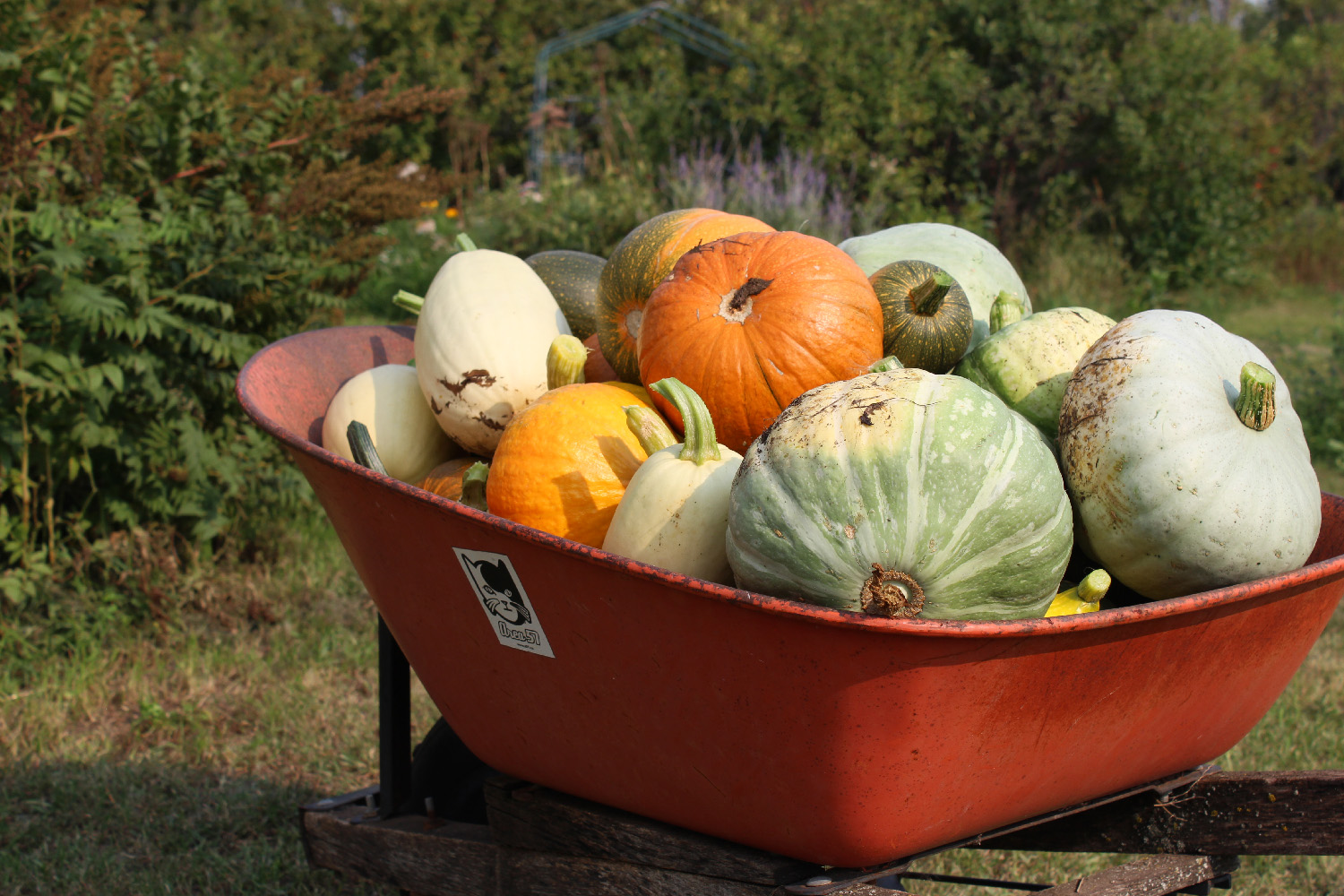
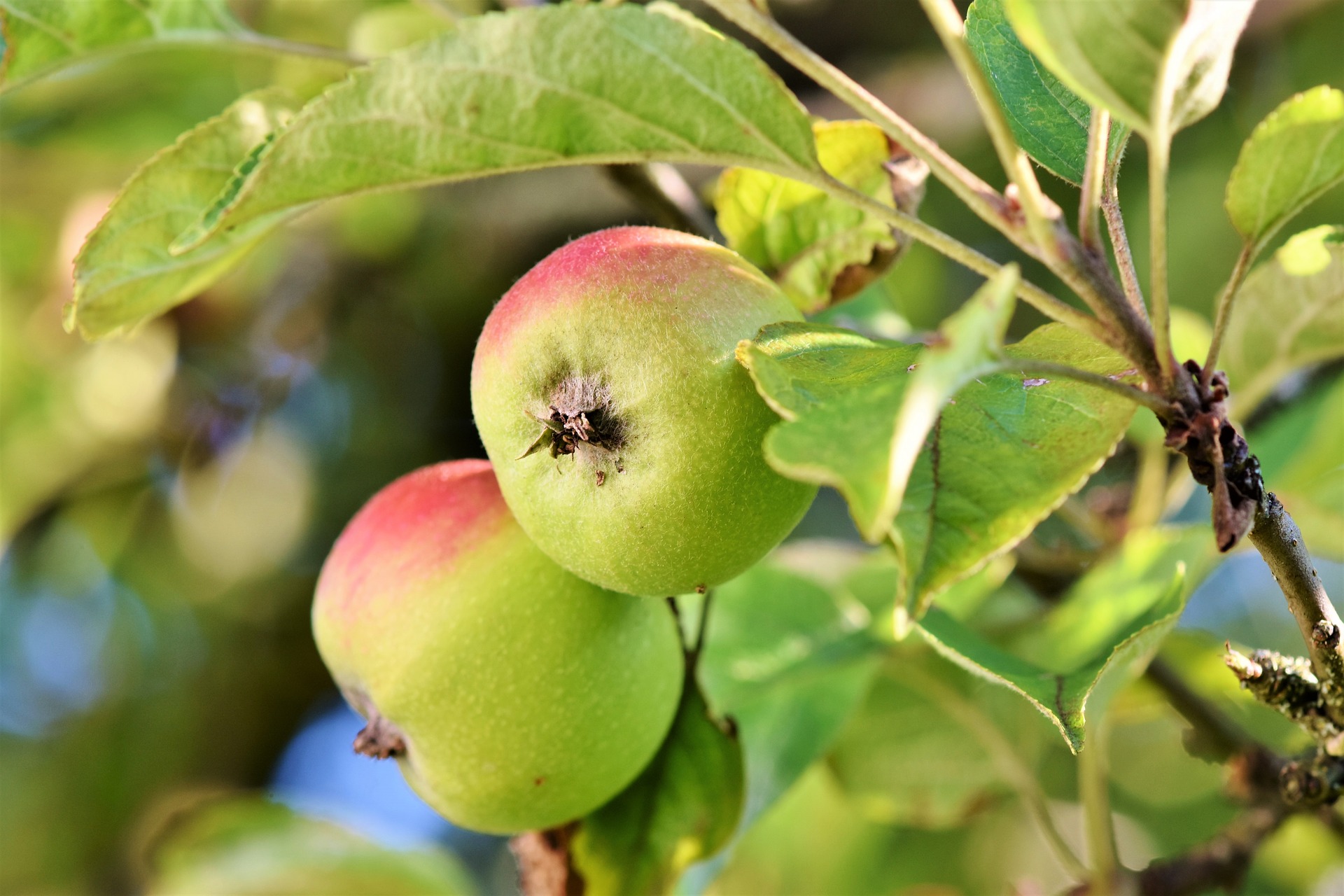
29 Comments
Kat
Thanks for this great post. Can the mature fruit handle any frost in the fall before ripening? Light? medium? Hard? Or do they need to be harvested before frost and finish ripening indoors? We planted a Sweet 16 and a prairie spy last year, so we are new to apple trees and still learning a lot.
Jess
Hi, Kat.
Thank you for the kind words! I hope this post helps take some of the frustration out of researching hardy apples.
I can only speak to the Honeycrisp apples, but they were fine with frosts and even freezes down to about -3 or -4 (Celsius). I separated the ones that had only had a light frost from the ones that had been subjected to the -4 temperatures, and it did not seem to affect their storage life. However, at -8, the apples actually froze, and became very mushy. I would assume it is the sugar content that allows them to take a bit of freezing, so it should hold true for any apple variety, but I haven’t actually tested that yet.
kent scheer
Don’t get too attached to your Honeycrisp. They have turned out to be SUSCEPTIBLE to winter damage in zone 3 and colder. The damage creeps up on them, and in some cases it can take a few years for a tree to show it and then expire. Also make certain to whitewash your trees and add vole cages.
Jess
You know, it’s funny – we are marginally zone 3 here – we have more-than-occasional zone 2 winters, but my Honeycrisp is doing the best out of all the apples I planted between 2011 and 2016. It was planted in 2011, and I have not seen winter dieback at all on that tree. I know a lot of people have reported hardiness problems, but so we haven’t experienced that.
Keith j weber
honeycrisp should do just fine if you have it on the right rootstock. the roots tell the tree when to harden off for the winter. my honeycrisp on siberian rootstock made it through -48 in 2018 0 damage
Bonnie
Can you buy your trees from U of S?
If do you xan dictate what root you want?
Jess
It’s been a long time since I’ve looked into U of S plants, but at that time, you couldn’t choose rootstocks. As far as I know, they only offer plants once a year, during a fundraiser plant sale they run. Most of what they offer is smaller than what you would get at a nursery, and it is a first-come-first-serve basis, in person. If you are in Saskatoon, this might be worth checking out, but I don’t know that it would be worth traveling in for.
Wally
Your honeycrisp tree is now 10 years old. how is it doing now? did you get some apples harvested by now? do you know how what type of rootstock it’s grafted on? How are doing your other trees?
I know that’s a lot of questions but it would be great to hear a little update on your apple trees project.
Happy growing season in 2022.
Jess
Thanks for the comment, Wally.
The Honeycrisp is either on Bud 9 or Bud 118, but I’m not sure which. If I were guessing, I’d say Bud 9, since the tree is maybe 8 feet tall.
It’s my best tree in terms of consistent reliable harvest. The tree is quite small, but I usually harvest at least a 5-gallon bucket and a half. It has come through drought, soggy cold years, and several -40 winters. The apples are fairly tart, but they may not be ripe by the time I’m normally picking them, as we usually hit -5 by mid-October at the latest, so I pick the apples before that, sometimes as early as mid-September. They make good applesauce, and keep fairly well, though not as well as advertised (the brochure said 6 months; I usually get 3-4). When they do rot, they start at the center, so you don’t really know until you bite into one (we tend to cut them open first).
Our other trees are less exciting. We had one bear a few apples two years ago, and they were delicious, but we had a late frost and an extremely droughty summer, and that tree didn’t bear at all this year. To be honest, I thought that tree was a pear, so I have no idea what kind of apples they were, which was unfortunate, because if I knew, I’d go buy another. Another tree (it was a U of S apple, but I forget which one) had a few apples, but I didn’t get to them before they were over-ripe. A third tree has never even flowered (though it seems to survive the winter just fine), so I grafted it over this year with a bunch of other stuff, so we’ll see what happens there. Since it was my first attempt at grafting, I don’t have high hopes, particularly since we’ve had record cold early this winter.
Our Sweet Sixteen, Wolf River, and Red Astrachan died – The Sweet Sixteen succumbed to disease, and I think the other two couldn’t handle drought followed by extremely cold winters, as those ones were coming back from below the snow line, the first year. When they died back a second year, we pulled them out and planted hardier trees in their place.
We have continued to plant trees, but my focus has shifted more to pears recently. Unfortunately, with how long they take to bear, I don’t expect to have much for updates for at least another decade!
Gail
Hi! I’m sorry if this sounds like an ignorant question. Since this article is talking about fruit trees in the canadian setting, that means the “zone 3” apple trees here can’t be guaranteed to grow in usda hardiness zone 3, right? Thank you!
Jess
Hi, there.
That’s not an ignorant question at all! You are right, USDA and Canadian zones are different. While it doesn’t translate perfectly, the general rule is that Canadian zones are one number higher, so a zone 3 tree in Canada would be a zone 2 tree by USDA standards. Where I am, winters can get to -40 (Celsius or Fahrenheit; they’re the same at that point), so I figure if it’ll grow here, it should grow in USDA zone 3, as that would be a Canadian zone 4. I hope this helps!
CATHY
tHESE ARE INTERESTING COMMENTS, BUT THE AUTHOR SEEMS not to have identified where you live – northern SK?/AB/MB? Southern by province? This info would be very helpful as we assess our own specific sites for individual or mini orchard setups…. Hoping you will add this info somewhere on this site.
Jess
The author is, unfortunately, not willing to share where they live.
John Walsh
Hi! This post is really helpful. I aM new to fruit tree planting but have a place in my yard that May be perfect. We are in Canadian Zone 4a but just barely so i often look for zone 3 plants. The quest i have is around space required for a tree- you mention that your HoneycrisP is only 8 feet tall- what is the canopy spread On such a tree? I also see you men differ rootstocks- is this some that the buyer has ability to shop for? I guess I am UnderStanding that the variety does NECESSARILY determine the tree size but rather the rootstock that is used. Thank you for your information!
Jess
I’m glad I can help!
Yes, you can shop for rootstock – and if the place doesn’t mention what they are using, be sure to ask.
It is the rootstock that determines the height and spread of the tree. My Honeycrisp is on dwarfing rootstock (Bud 9, I believe), and it is now about 9 feet tall, with probably a 8-10 foot spread. If it were on full size rootstock, such as Antonovka, it would be a much bigger tree, probably over 20′. You can control the spread of the canopy with pruning, as well, though I tend to prune lightly, because I have lots of space.
Alexandra
Hi! I live in Edmonton, Alberta and I want to plant a honey crisp apple tree in my garden. What apple tree hardy to my area I should plant near to ensure best pollination for the honey crisp? Thank you.
Jess
Honestly, if you live right in the city, you probably don’t have to worry too much about it; there’s probably someone on your block that has an apple, crabapple, or ornamental crab that will cover your pollenation needs. If you want two apples, I’d suggest you just pick something else that would meet your needs.
KELLAN
Hello, ARE ANY OF THESE VARIETIES SUITED FOR HANDLING A LIGHT FREEZE DURING BLOSSOMING TIME, LIKE mid JUNE? HERE IN MY PART OF WYOMING OCCASIONALLY WE GET A LIGHT FREEZE IN JUNE. THE NEXT FREEZE IS USUALLY AROUND OCTOBER 1. IS THAT ENOUGH TIME FOR ANY OF THESE VARIETIES TO MATURE?
Jess
I’m sorry, I can’t really answer your questions adequately, as most of my trees are too young to bear fruit, so I don’t have the experience to give you a good answer. What I can say is that my Honeycrisp and my Prairie Sun apples (the two that are currently bearing a significant crop annually) seem to shake off late frosts (and snowstorms) no problem, and produce a crop. As for ripening time, in my experience, apples can handle a few light frosts in the fall. Any variety that says it ripens in August or September will probably be okay for you, even with the short season.
Kellan
Gotcha, thanks for that. How late into the year do your late frosts/freezes happen?
Jess
Our last frost is usually around the 3rd week of May, but we certainly do get the occasional June frost. I think my area would be classed as USDA zone 2 (Canadian zones are a bit different; we’re zone 3a in the Canadian system). When I’m looking at frost-tender vegetable seed, I shoot for things that will mature in 90-100 days.
21 Hardy Pear Trees for Canadian Zones 2 and 3 - Rural Dreams
[…] you’re considering planting apple trees, as well, I also have a list of hardy apple trees for zones 2 & […]
Kellan
Hi, if you don’t mind sharing that, I would appreciate it, thanks.
Jess
Hi, Kellan. This comment isn’t attached to a thread, so I’m not sure what you would like me to share. Please let me know.
Kellan
Sorry, meant to reply to 21 Hardy Pear Trees for Canadian Zones 2 and 3 – Rural Dreams
Jess
Oh – that is an automatically generated linkback. The list of hardy apples is this post (the one you are commenting on). Sorry for the confusion!
Bonnie
one part of the post, it says to be aware of buying it from Ontario, and yet all the links that areon here are in Ontario??
Are there not any facilities in Western Canada that you can purchase these trees from?
Jess
Most of the nurseries that offer shipped bare root trees are based in Ontario, though there are some in Quebec and a very few on the Prairies. The only thing to be aware of is making sure the rootstocks are hardy to your zone; most of the nurseries in Ontario and Quebec that I have used have been fantastic, otherwise.
Shiwu
We had 2 honeycrip apple trees when we lives in Calgay and they did very well. We moved to an acreage south of Calgary in 2018 and we planted two more honeycrip but they did not do well due to the prairie wind in the winters. They did not survive after a couple years. Now I have 3 Kerr apple trees, 1 Septemver Ruby, 1 Goodland, 1 Haralson, and 1 gemini. They are doing really good this year.